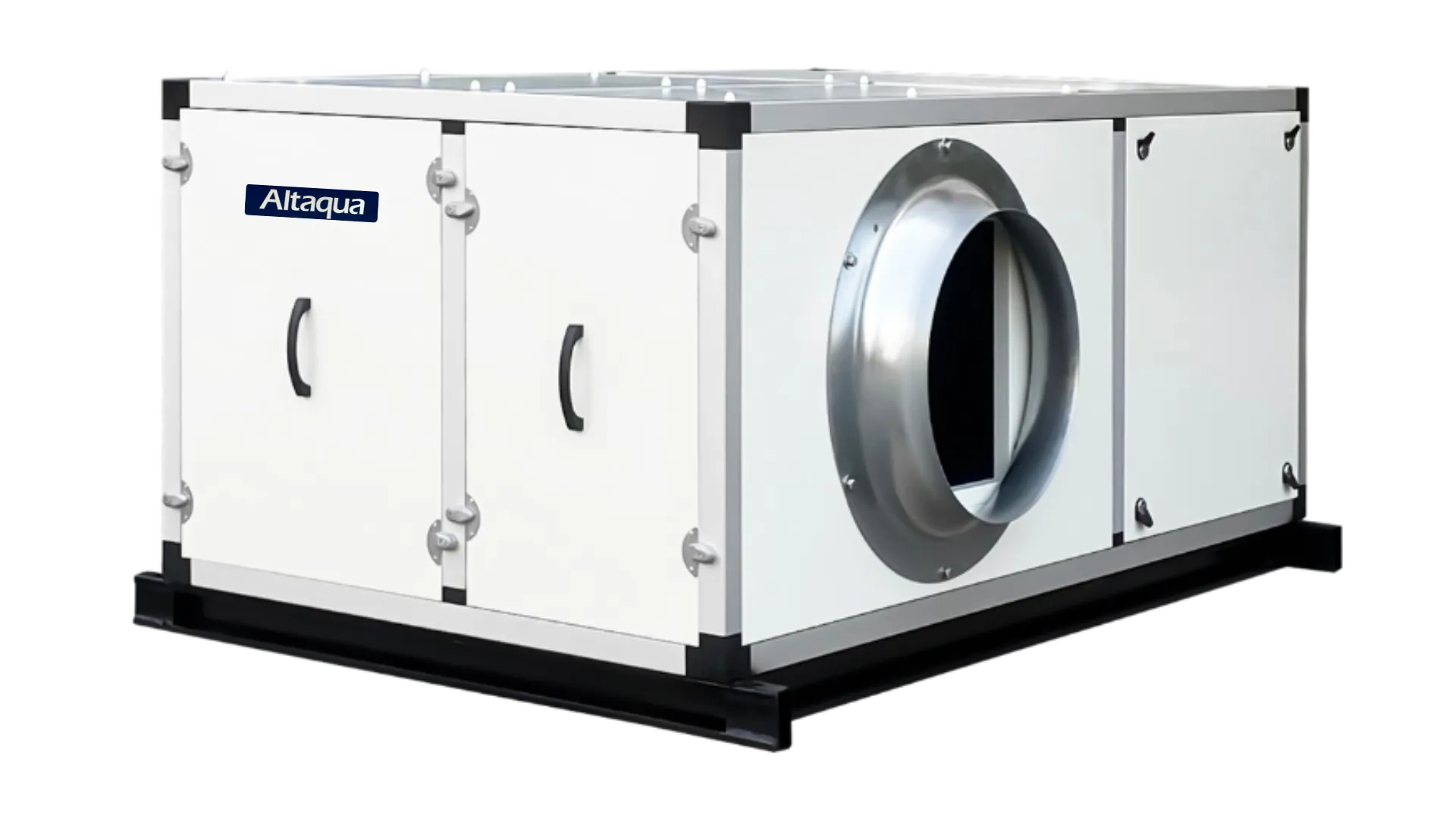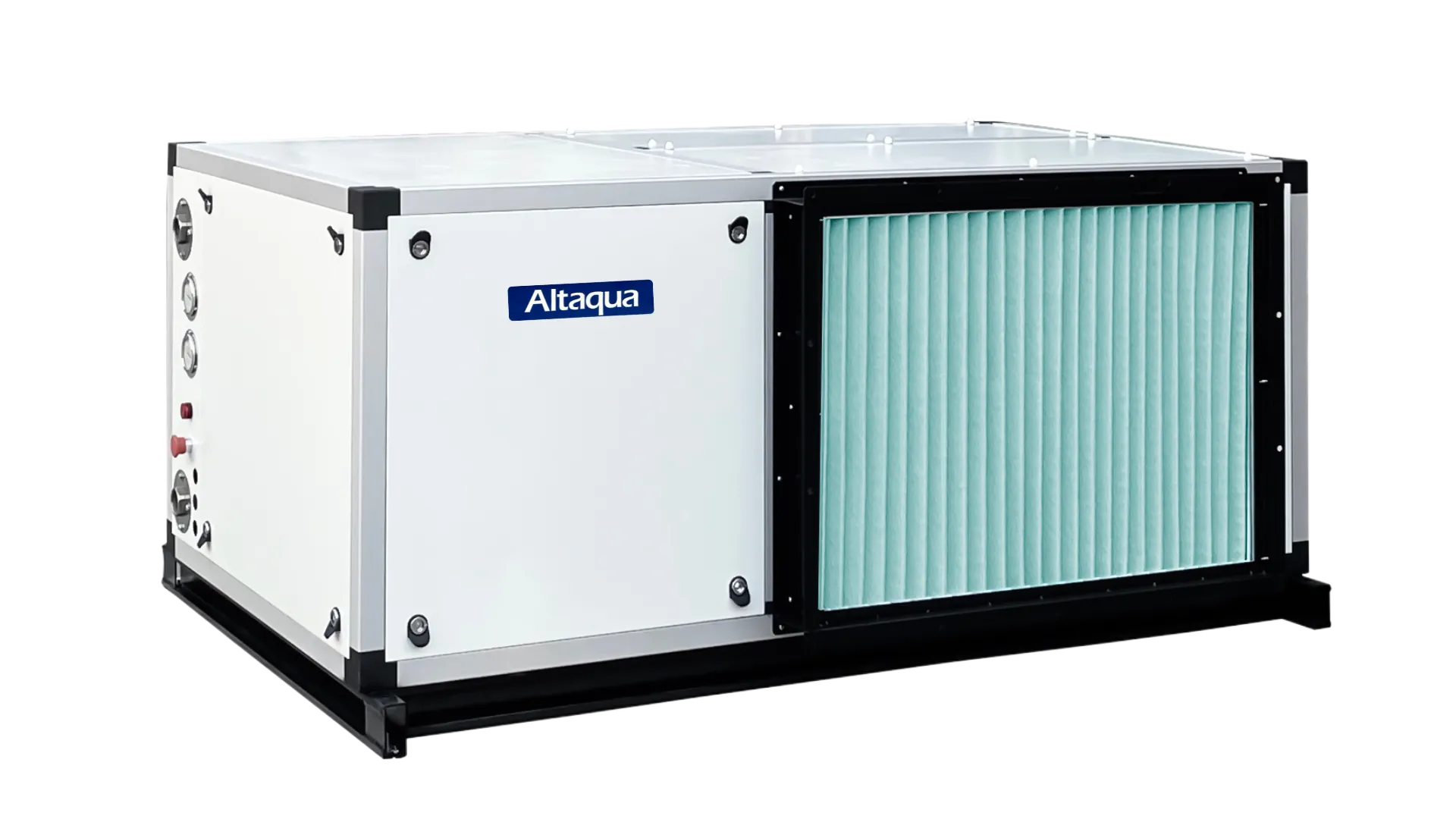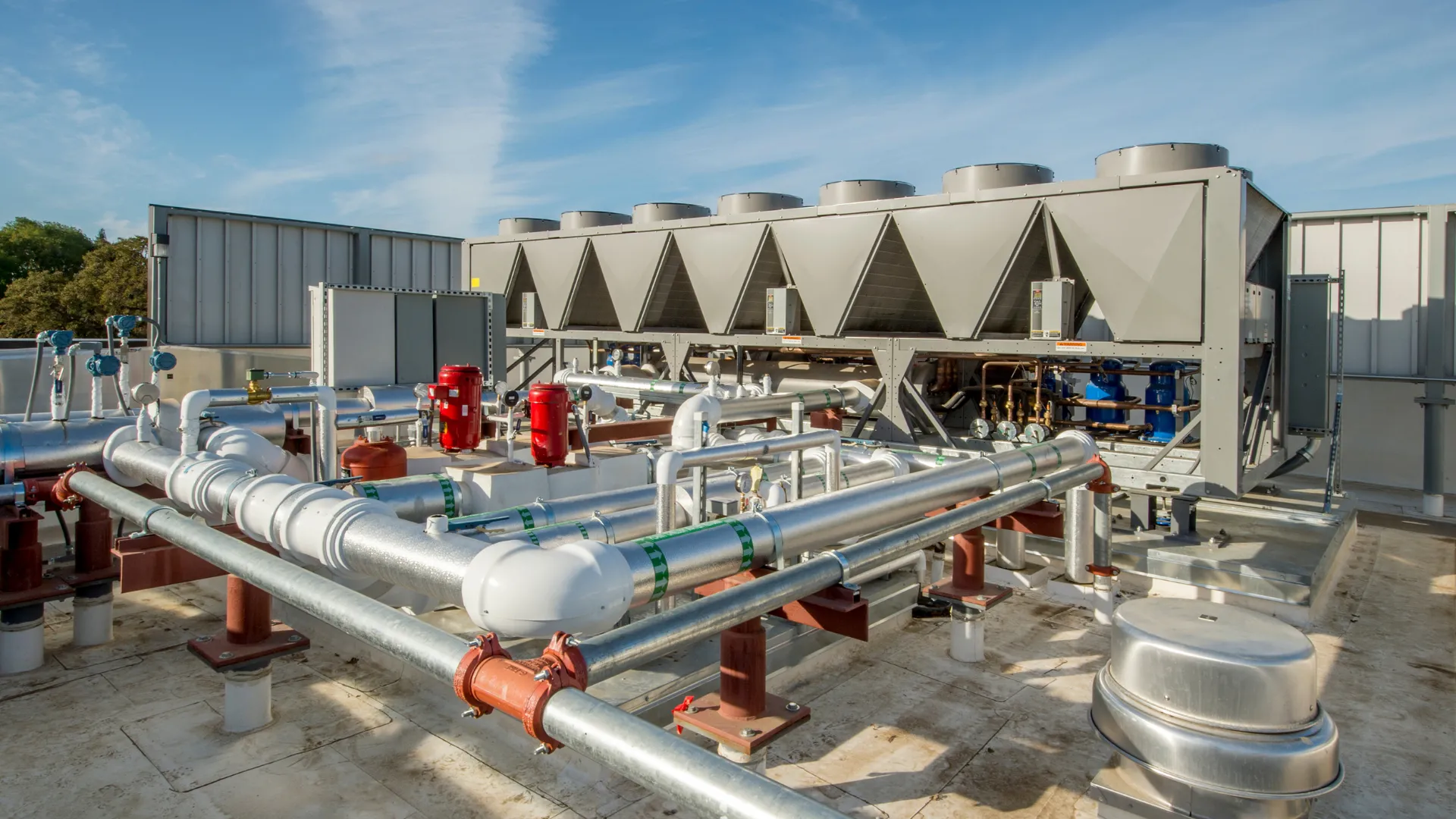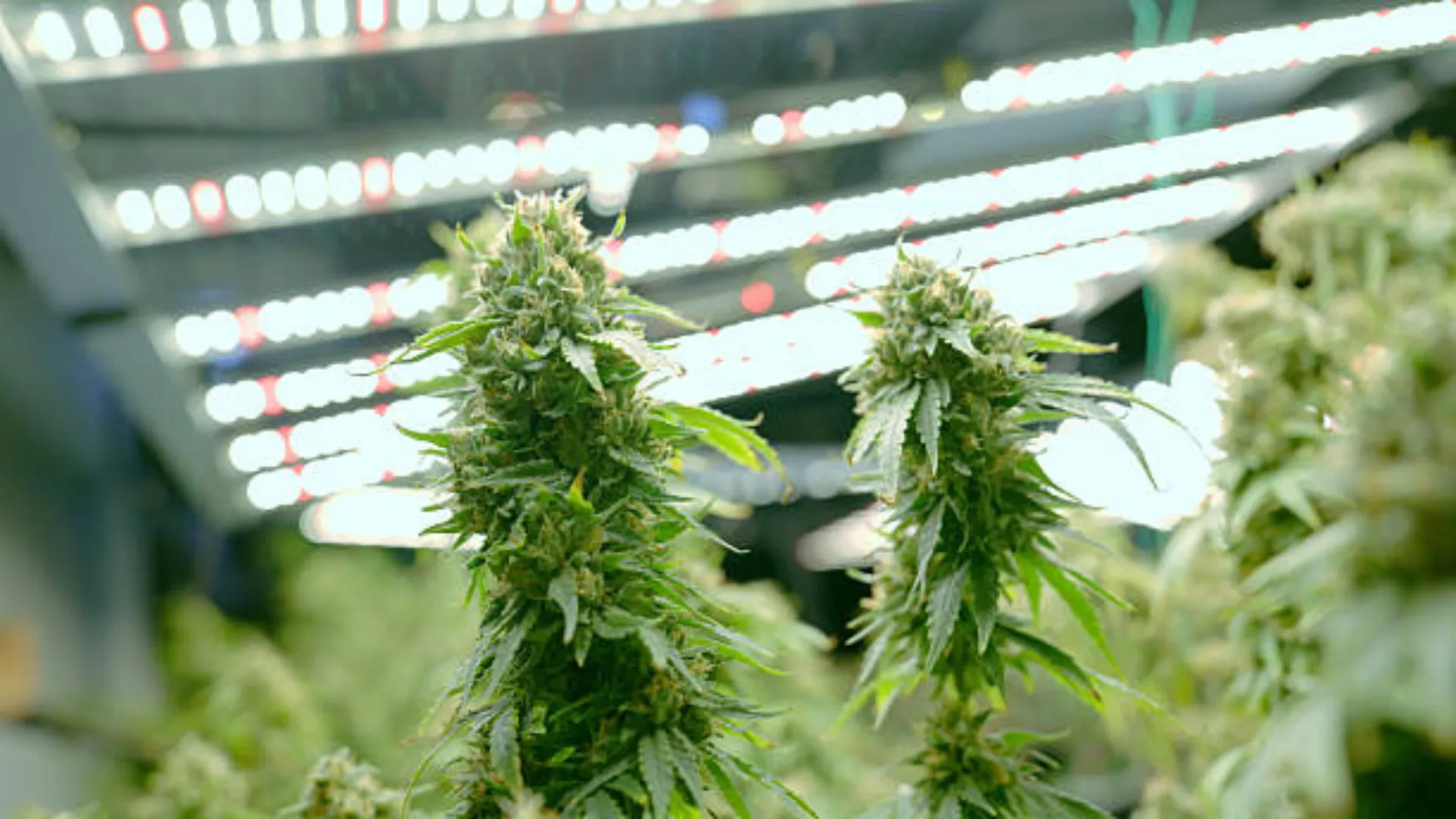Water-Cooled Grow Room HVAC
Eliminate the stress that climate fluctuations impose on your crops. Engineered for demanding environments, our Water-Cooled Series HVAC is more than just temperature and humidity management—it's a complete grow room climate assurance system. By utilizing water as a highly efficient heat transfer medium, it delivers an unrivalledly stable environment for every stage . This directly translates to maximized yield, enhanced potency, and the elimination of mold risks.
Specifications
- Air Handling: 1350 to 17500 CFM
- Moisture Removal: 3.0 to 34.7 Gallon/hr
- Refrigeration Capacity: 5.1 to 60.7 Tons


Standard Functions
- Dehumidification + Cooling
- Dehumidification + Heating
- Dehumidification + Temp Adjustment
- Air Ventilation

Optional Functions
- WiFi Remote Control
- CO₂ Level Control
- Fresh Air Ventilation
- Air Sterilization
Struggling with Climate Control? You're Not Alone.
Tailored climate control solutions designed specifically for commercial cannabis cultivation
Precision Climate Control for Maximum Yield
Optimized Plant Growth
Maintain perfect temperature and humidity levels for each growth stage of cannabis cultivation.
Mold & Pest Prevention
Eliminate risks of powdery mildew and bud rot with precise humidity control.
Energy Efficiency
Reduce operational costs with our water-cooled technology that outperforms traditional AC systems.
Customization Options
Compressor Options
Choose between industry-leading brands to match your specific requirements:
- Danfoss - Premium reliability
- Bsonyo - High efficiency
Anti-Corrosion Protection
Extended durability in high-humidity environments:
- Hydrophilic coating standard
- Nano-coating upgrade available
- Protects evaporators, reheaters & condensers
Air Filtration
Maintain optimal air quality for plant health:
- MERV-8 standard filtration
- Upgrade to MERV-13 available
- Blocks mold spores & contaminants
Ductwork Support
Complete system integration services:
- Professional design assistance
- Procurement services available
- Optimal airflow configuration
Custom Appearance
Match your facility's aesthetic:
- Custom shell color options
- Brand color matching
- Professional finish
Additional Features
Enhance your system capabilities:
- WiFi remote control
- CO₂ level management
- Fresh air ventilation
- Air sterilization options
Ready to Optimize Your Grow Room Climate?
Let our experts design a personalized HVAC solution that meets your specific cultivation requirements.
Applications of Water-Cooled Series
Engineered for the most demanding commercial cultivation environments, our Water-Cooled Series delivers unparalleled climate stability and superior energy efficiency. This system ensures precise environmental control across various challenging scenarios, giving growers absolute confidence in their crop's performance and protection.
Why Choose a Water-Cooled Solution?

Superior Heat Transfer Efficiency
Water's exceptional thermal capacity enables far more efficient heat removal than conventional methods. This allows our system to handle significant cooling loads with smaller, more efficient compressors—reducing energy consumption by up to 30% while maintaining precise temperature control. For large-scale operations, this translates to substantially lower operating costs and enhanced climate stability season after season.
Unwavering Performance in Extreme Conditions
While other systems struggle with temperature extremes, our water-cooled technology maintains perfect indoor conditions regardless of outdoor weather. The closed-loop design isolates your grow environment from external climate variations, ensuring consistent performance through heat waves and cold snaps alike—protecting your crop from seasonal stress and system inefficiencies.


Advanced Hot Gas Reheat Technology
Our system captures waste heat generated during dehumidification and repurposes it to precisely control air temperature after moisture removal. This innovative approach not only maintains ideal supply air conditions but also provides valuable hot water for supplemental heating applications, creating a fully integrated climate solution that maximizes energy utilization and minimizes operational expenses.
Our Competitive Advantages
Altaqua water-cooled HVAC system does more than regulate temperature and humidity—it builds a foundation for sustainable competitive advantage. By delivering the perfect balance of precision climate management and energy efficiency, it lets you focus on what truly matters: cultivating exceptional crops. Stop battling your equipment and start achieving higher yields, consistent quality, and greater operational security.
- Precise temp & humidity for stable growth
- Dew point control for reliable dehumidification
- E+E sensors give high accuracy readings
- Redundant design avoids crop downtime
- Hot gas reheat improves energy efficiency
- PLC control panel for simple operation
- WiFi & Modbus enable 24/7 monitoring
- EC fan motor saves energy and stress
- Air ducts ensure even airflow distribution
- Global components for lasting durability



